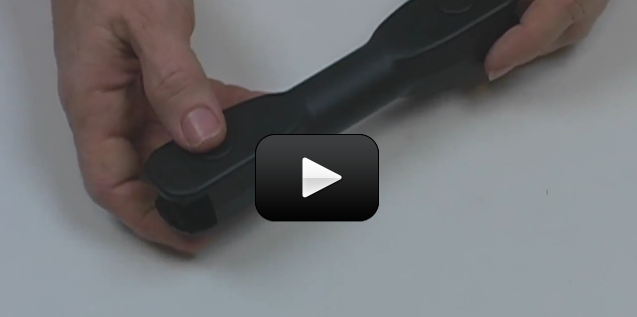Most people know not to shine lasers into sensitive places like eyeballs, but very few people can tell one laser from another. The truth is that not ALL lasers are dangerous, and there are different classifications of lasers. The most important information you need about laser safety is printed right on the laser itself.
Basic Laser Guidelines for Safety:
1. Never look directly at the beam source, or aperture
2. Never point the beam at another person
3. Always be mindful of where a “bouncing beam” will land due to reflection
[am4show have=’p8;p9;p19;p46;p89;p99;’ guest_error=’Guest error message’ user_error=’User error message’ ]
Download your student worksheet here! This download is provided by Laser Classroom. Check out their website for more free downloads and really cool lasers!
How do you enforce safety? After kids are familiar with laser classification (below), let them know that if you spot any dangerous activity around using a laser, the laser is yours (the adult) to keep forever. Period.
Are green lasers more dangerous than red lasers?
Laser Classification
Class 1 or Class I lasers do not emit hazardous levels of optical radiation. You’ll find theses types of lasers in the scanners of grocery stores at the check out counter. The beam paths and reflections are all enclosed.
Class 2 or Class II lasers are low-power visible lasers around 1 mW (milliwatt), and you’d really have to try hard to get injured by one of these types of lasers. Officially, it’s stated that this type of laser can have possible eye damage if you stare at the beam directly without blinking for at least 15 minutes.
Class 3 has two different levels of lasers, one being much more dangerous than the other.
Class 3a or IIIa lasers are 1 to 5 mW power and can’t injure you normally, but if you stare at the beam through something with lenses, like binoculars, then your eyes are toast.
Class 3b or IIIb lasers are lasers from 5mW to 500 mW, and these are the ones that cause eye injury with you look at them without any eye protection. These are NOT the ones you want kids playing with, as eye protection is always required when around these lasers.
Class 4 or IV are above 500 mW and these require not only eye protection to be around, but also skin protection. These lasers cause damage by the beam and the reflections of the beam, and are also a fire hazard.
[/am4show]


nm stands for nanometer. This describes the wavelength (color) of the light. Due to the “concentrated” nature of laser light, you should consider any laser to be harmful to eyes and no laser should be pointed towards anyone’s eyes…including pets.
What does “nm” stand for? My laser sticker says 635 nm.Under what circumstances is that harmful?